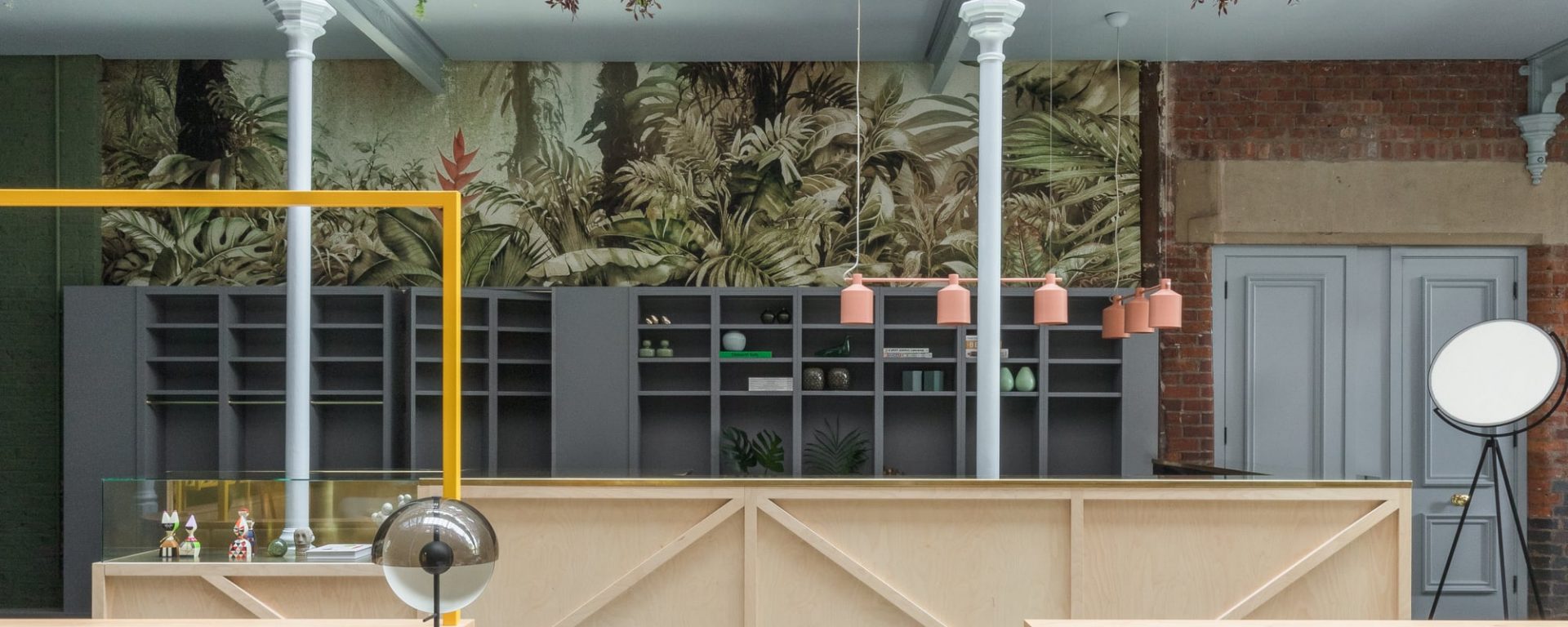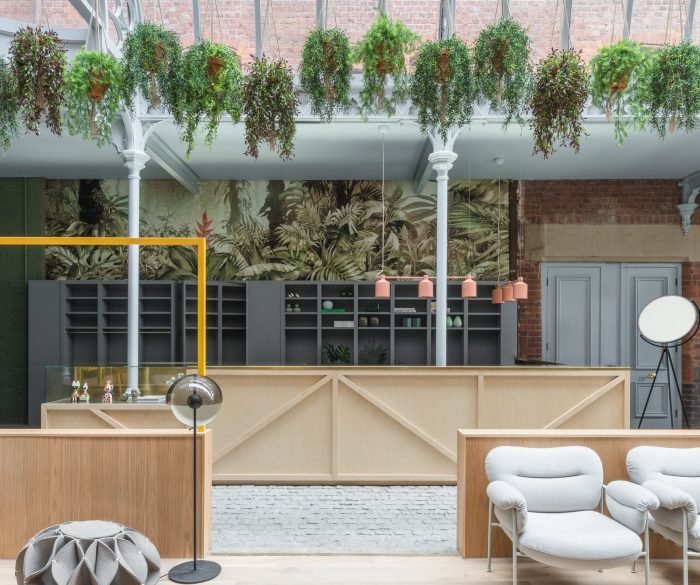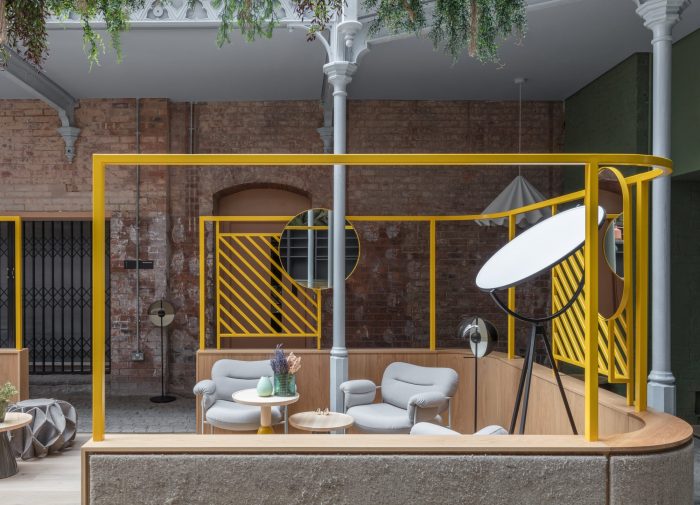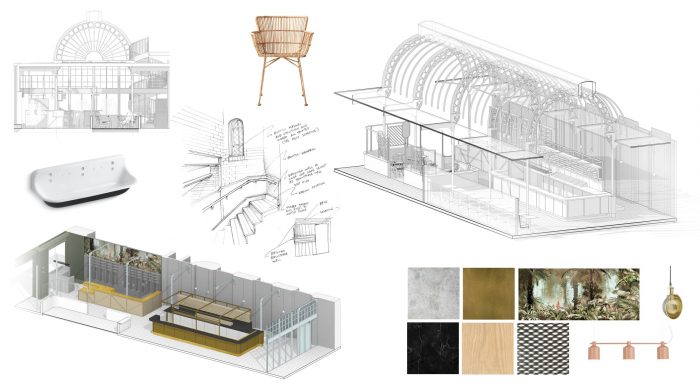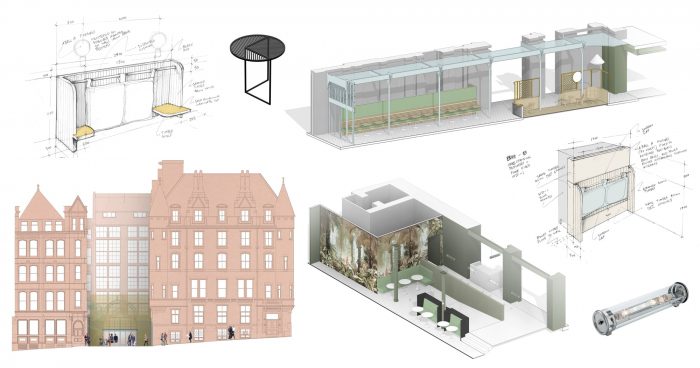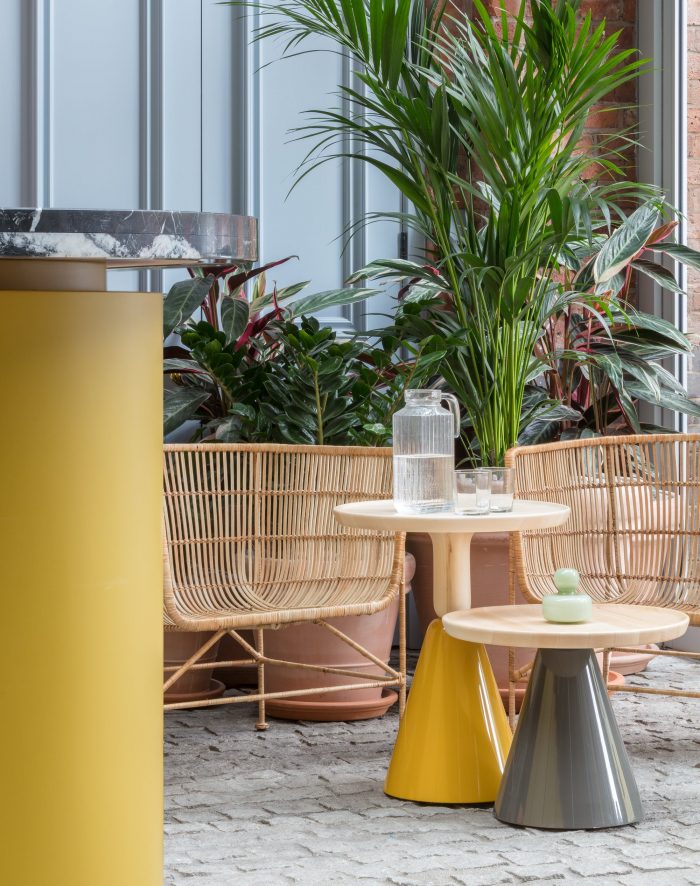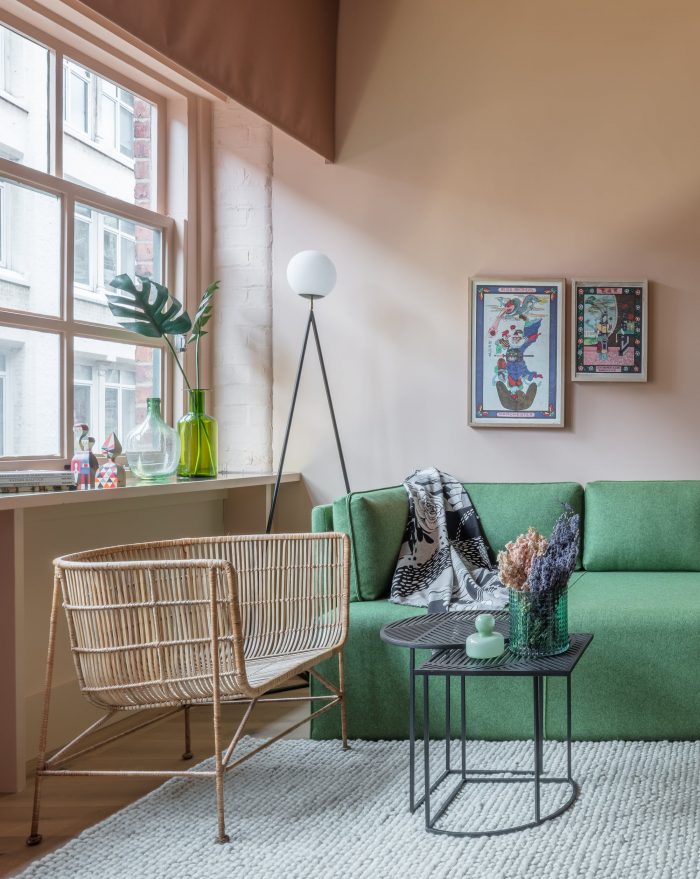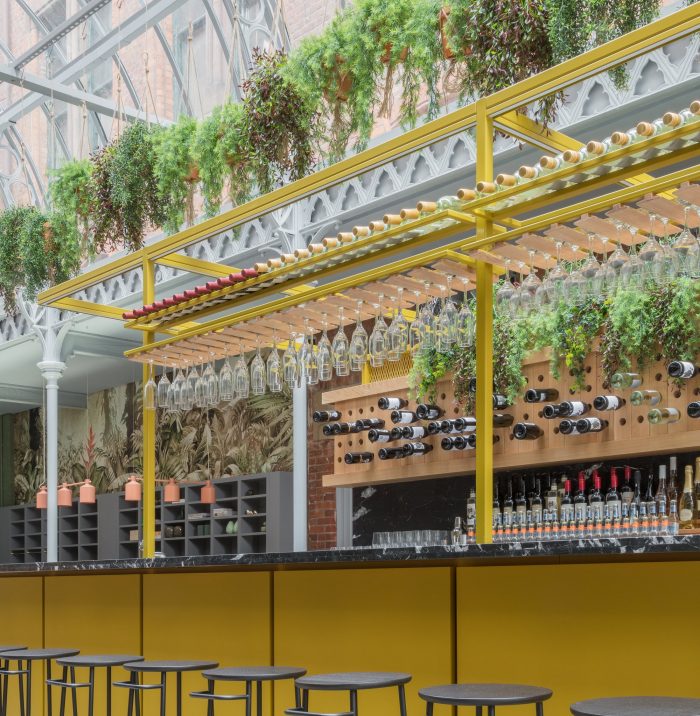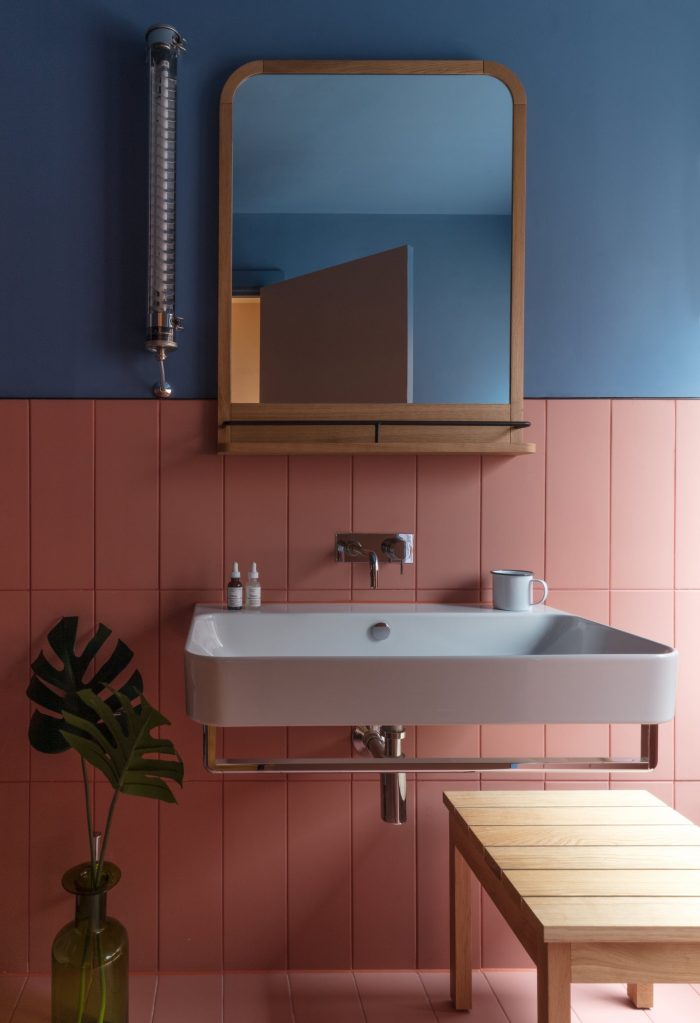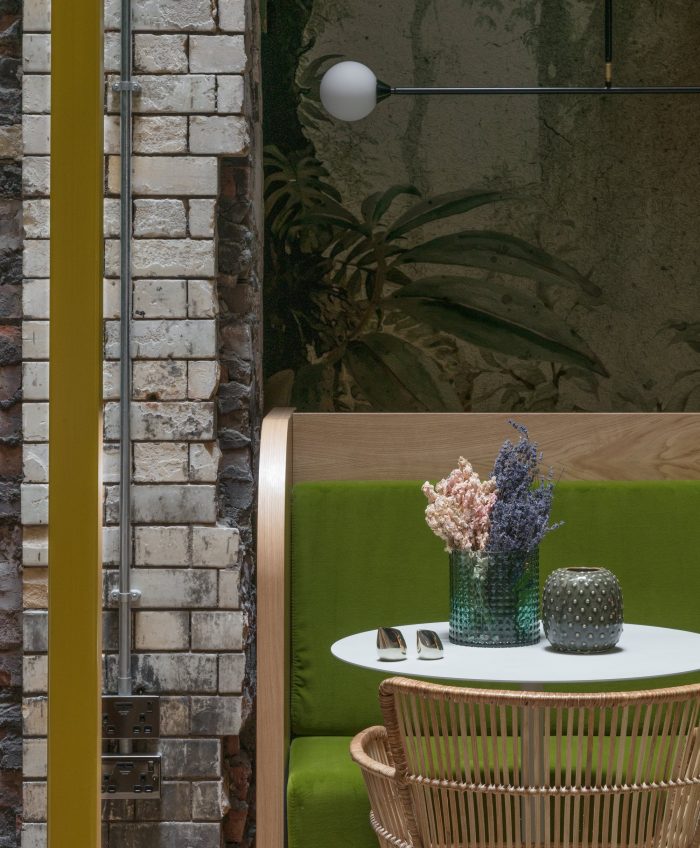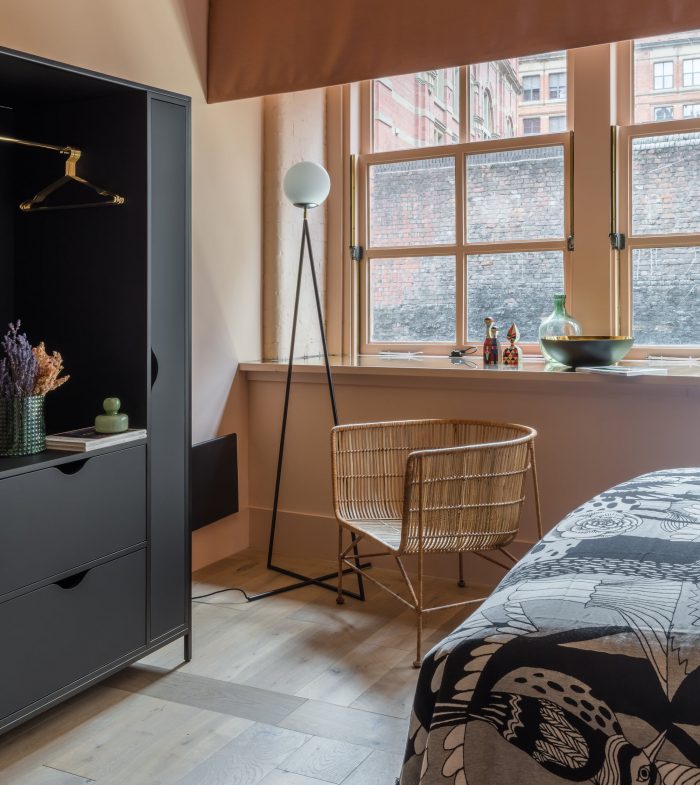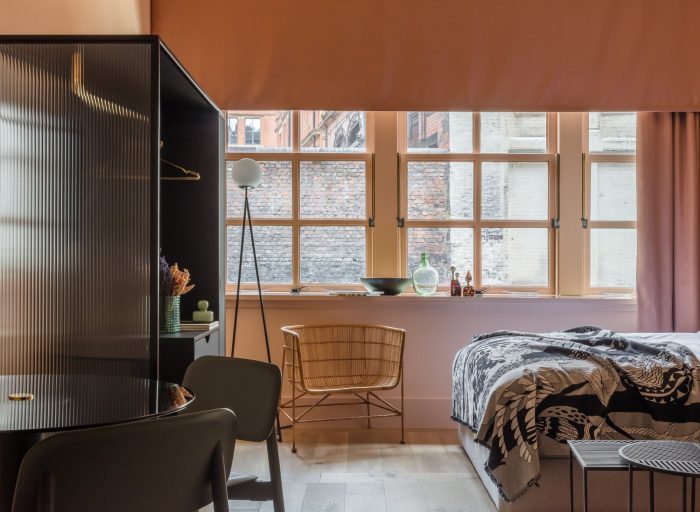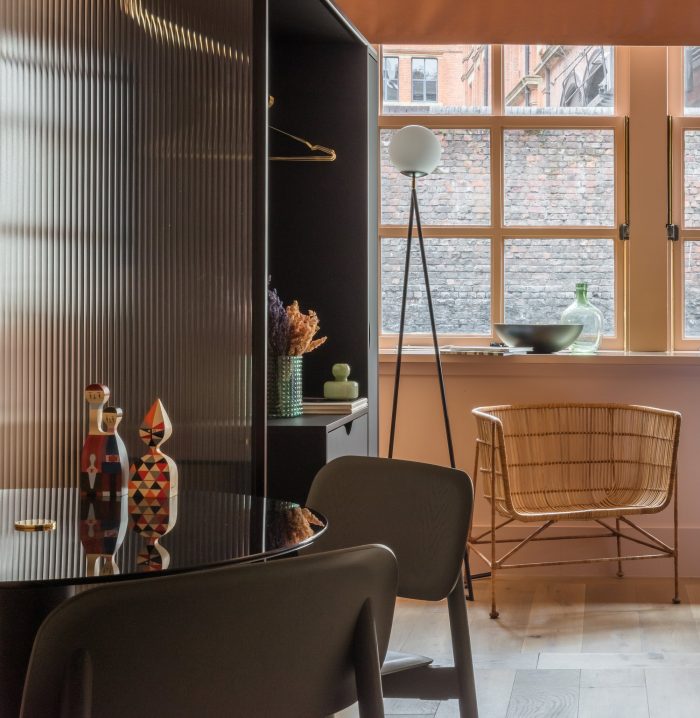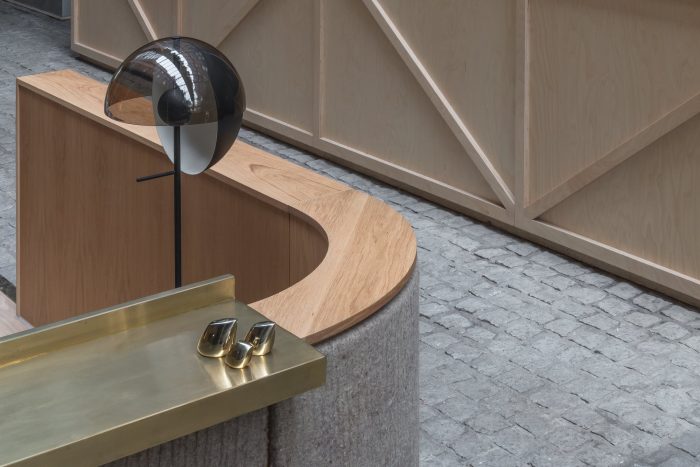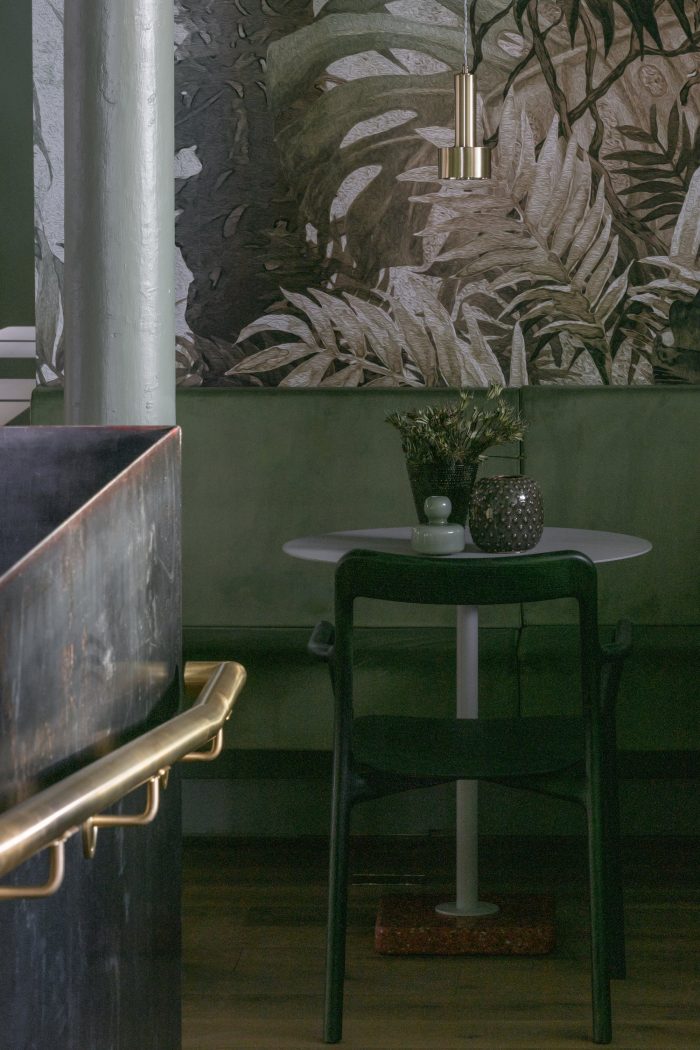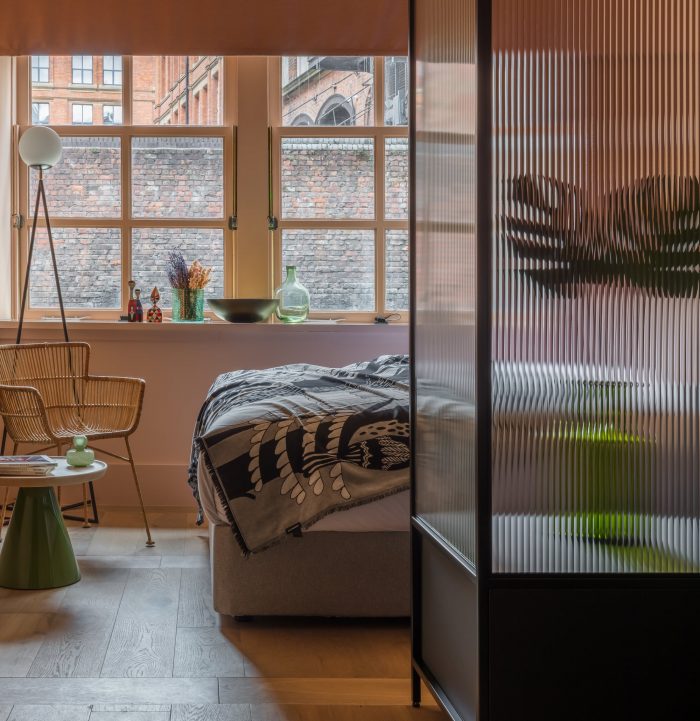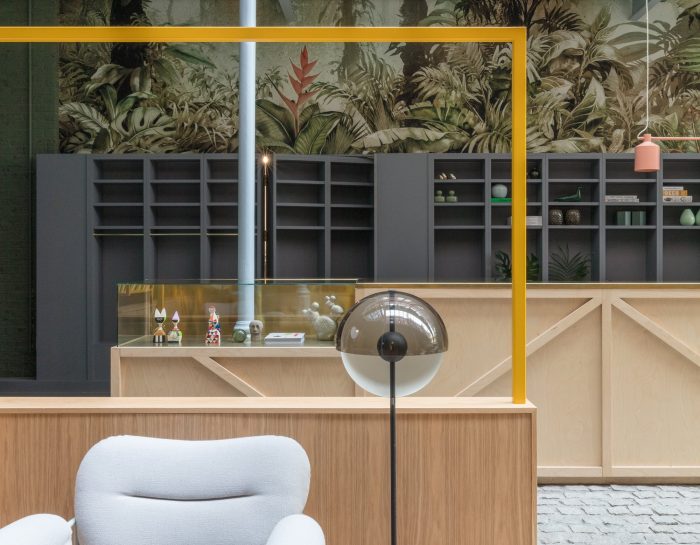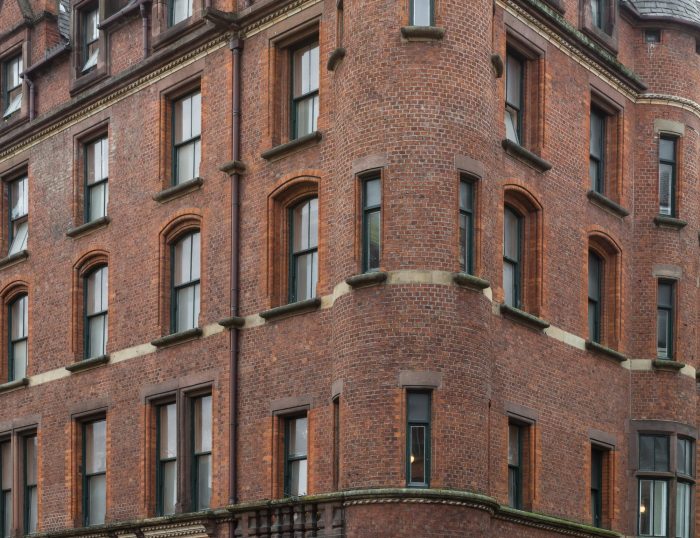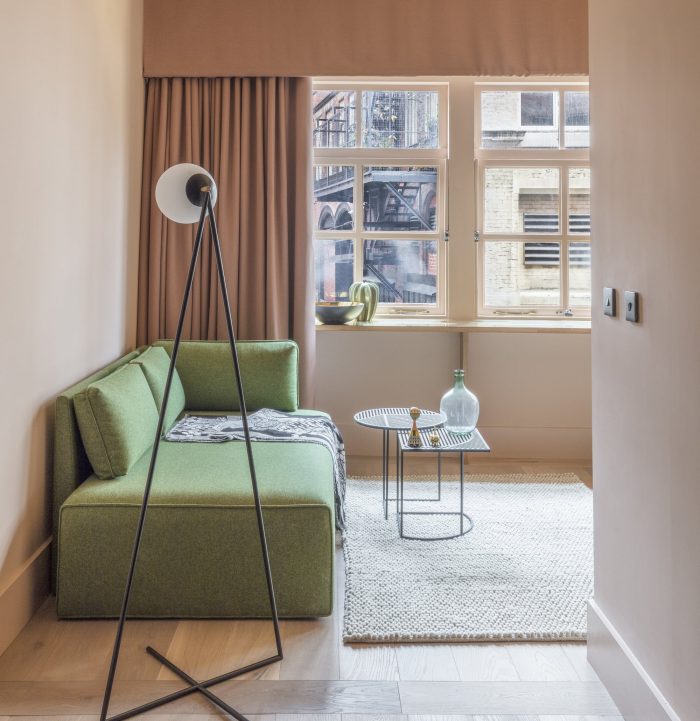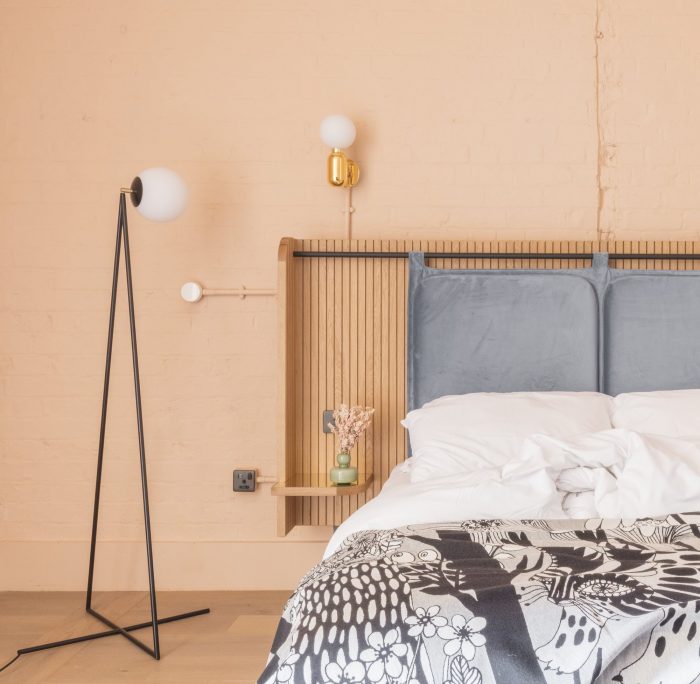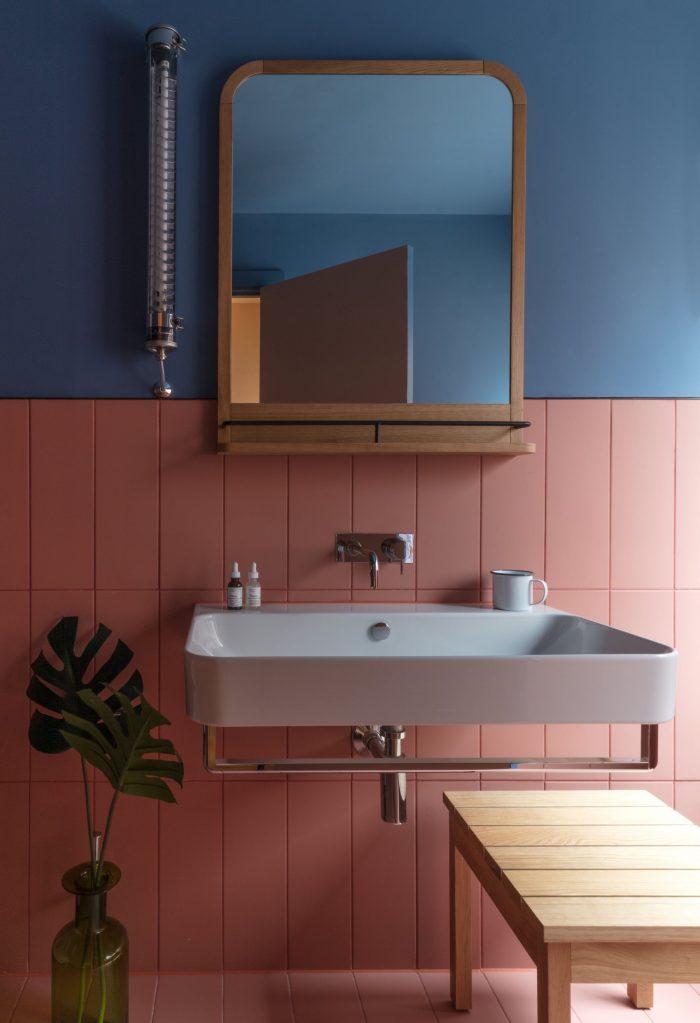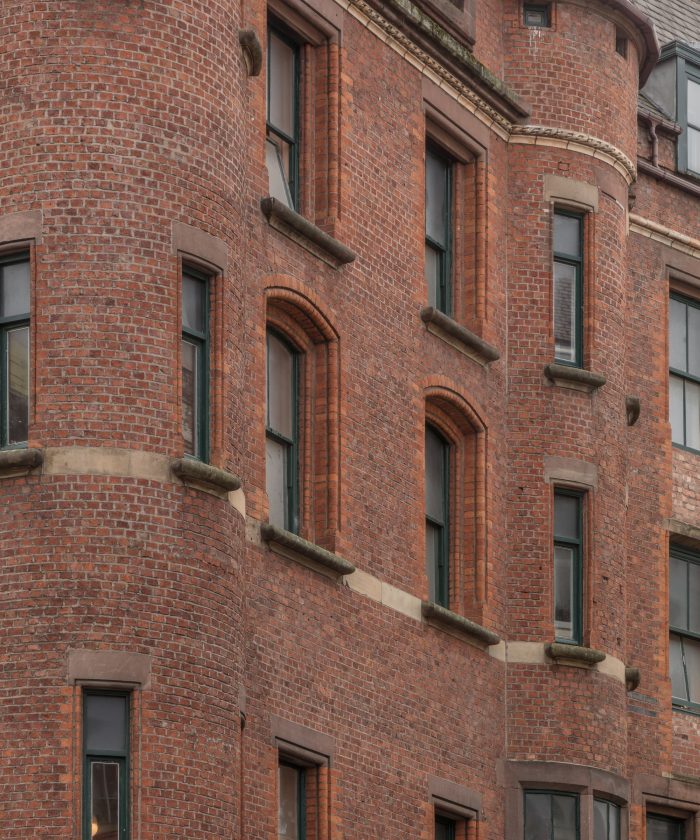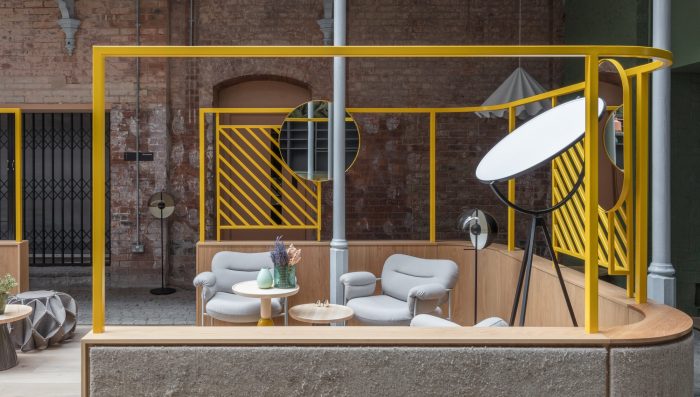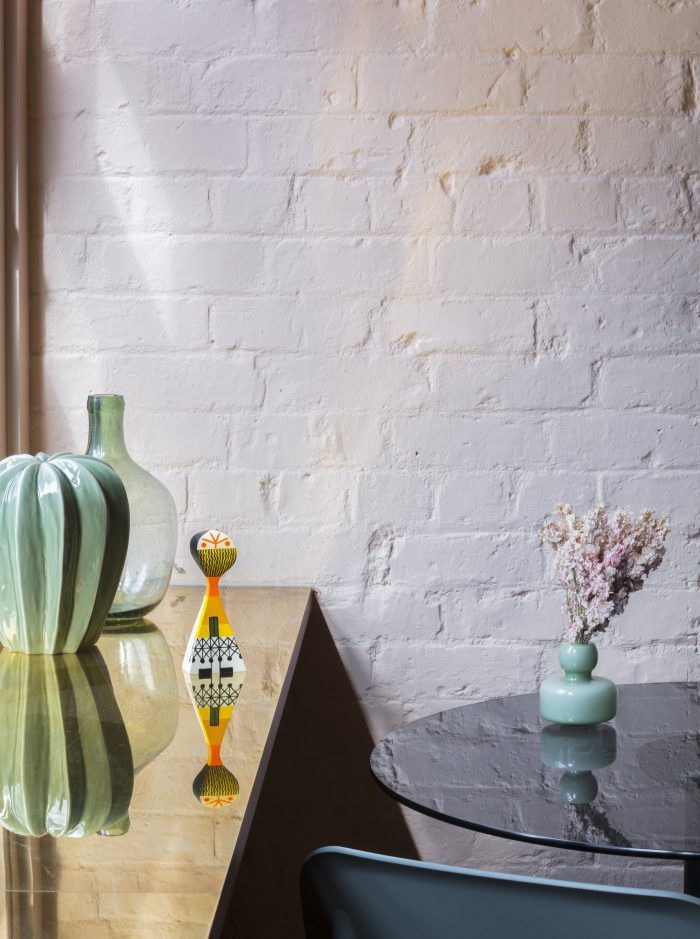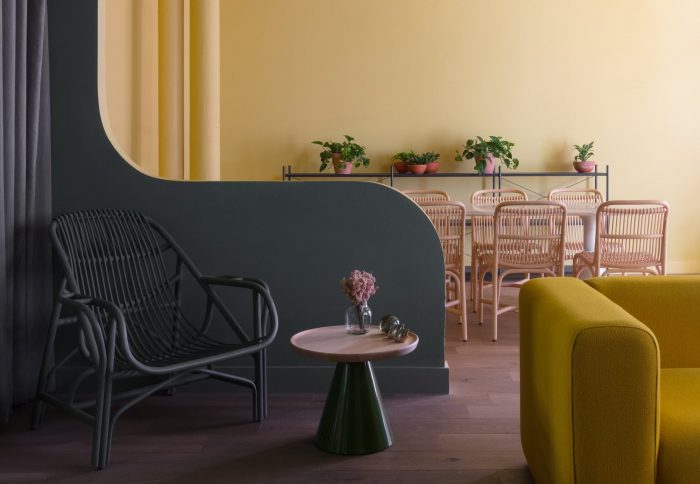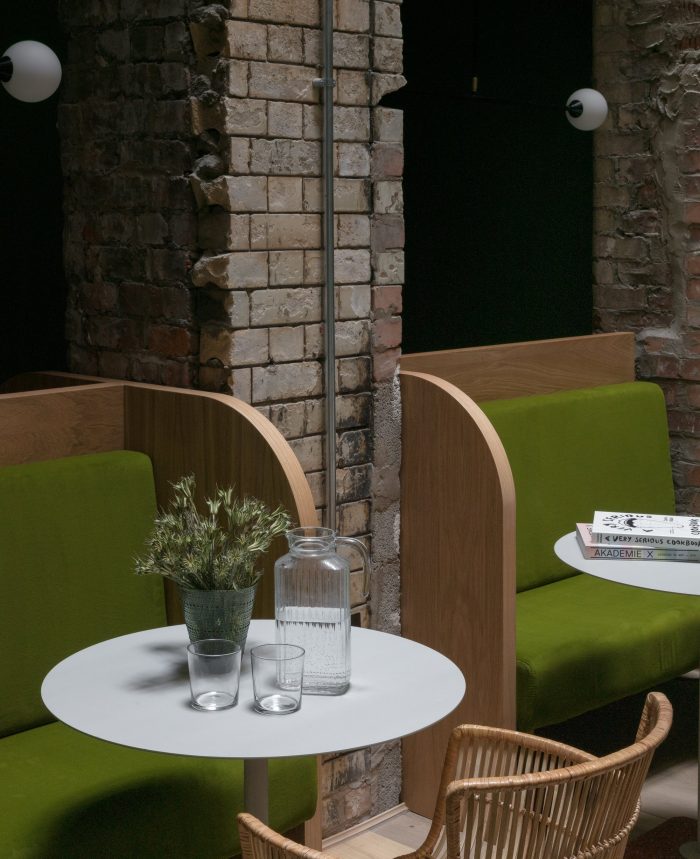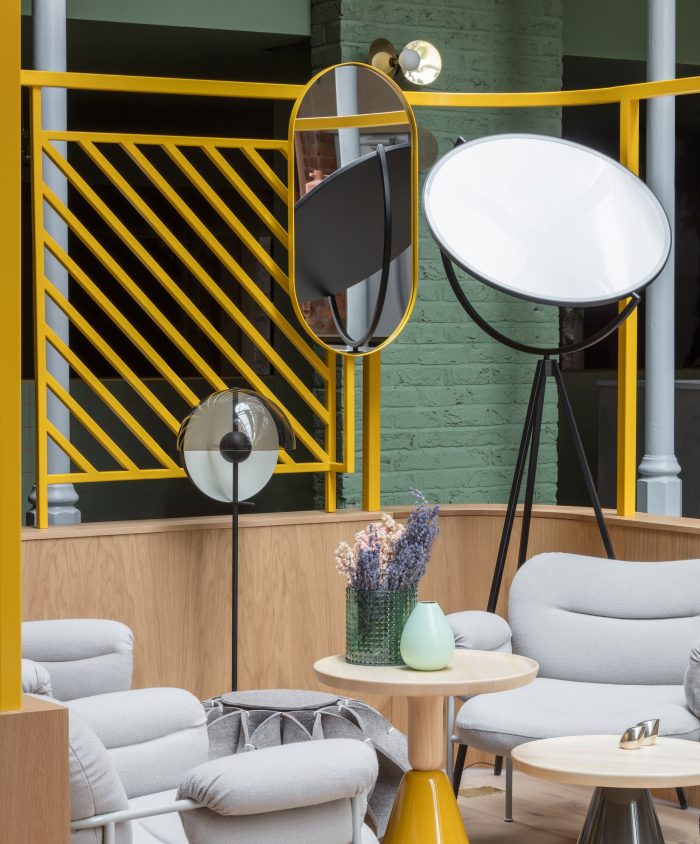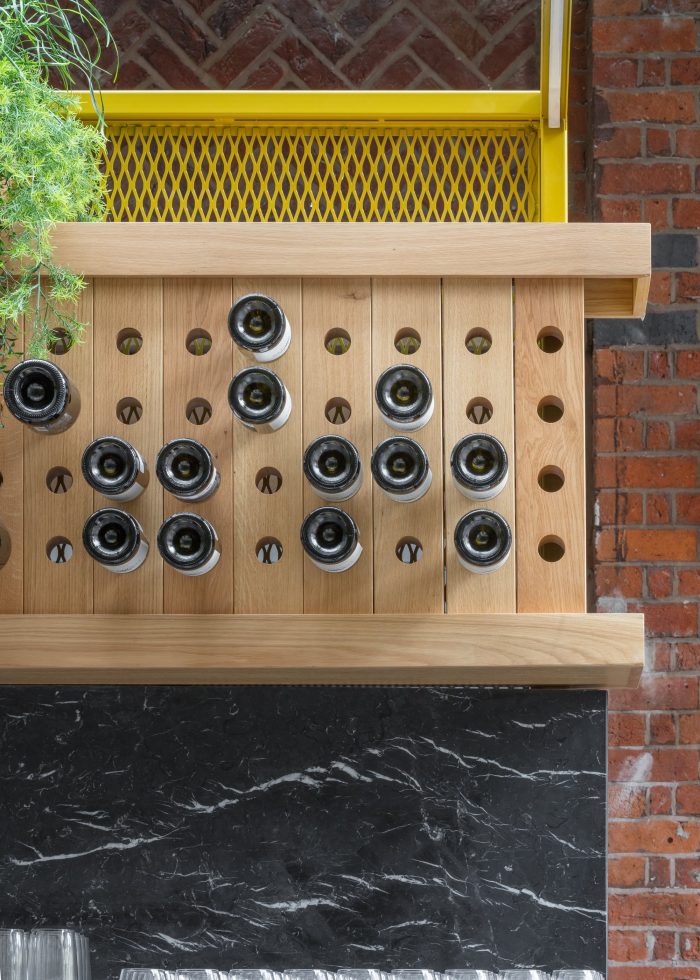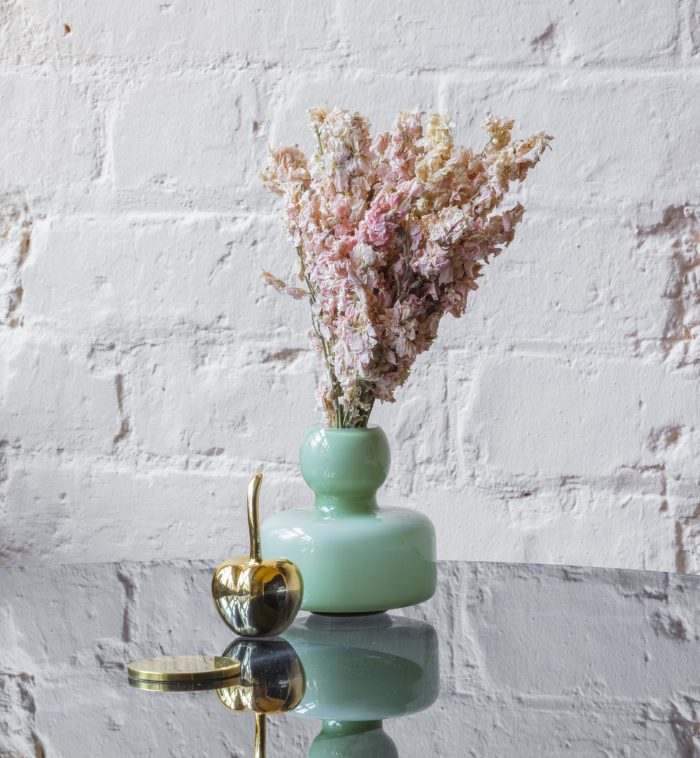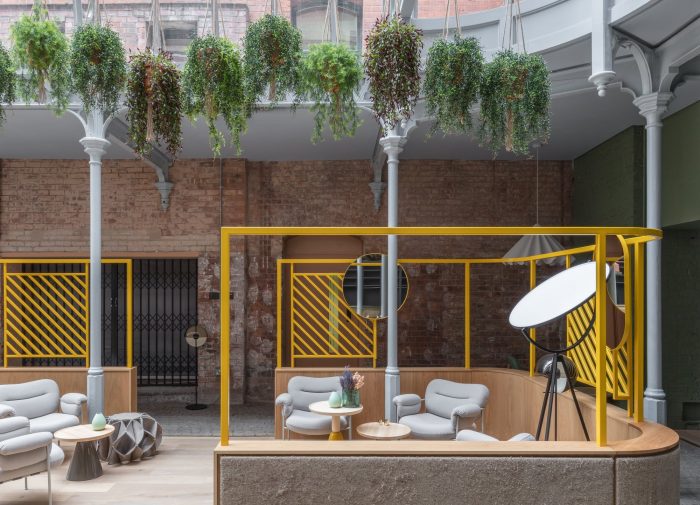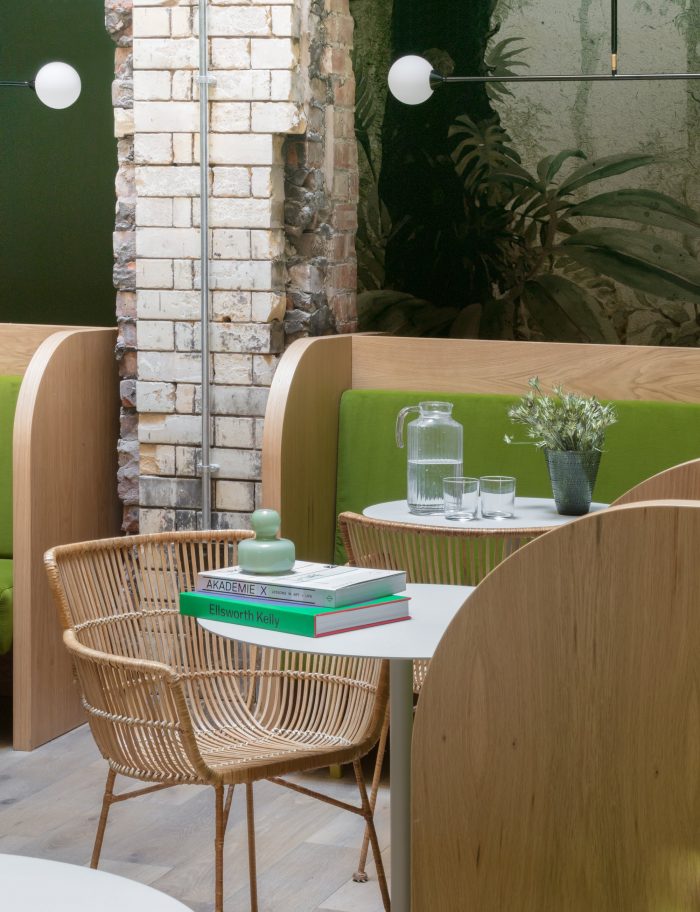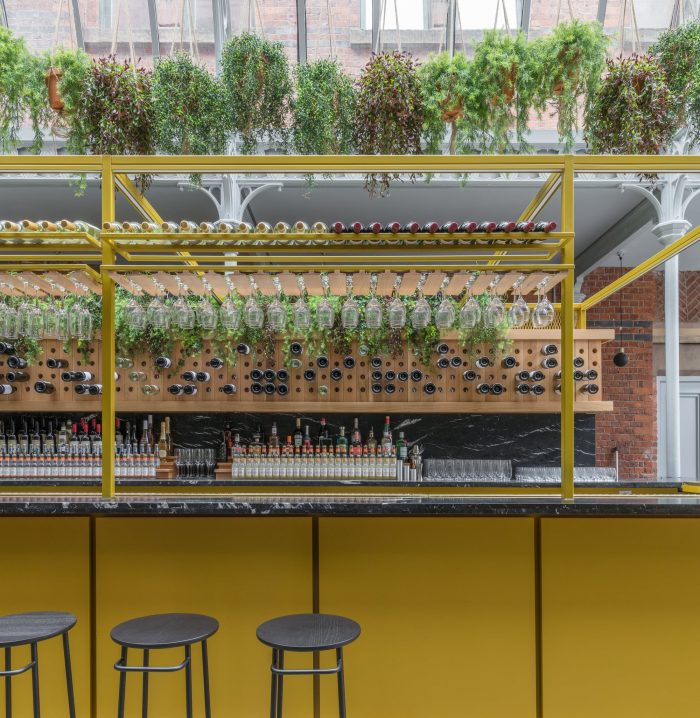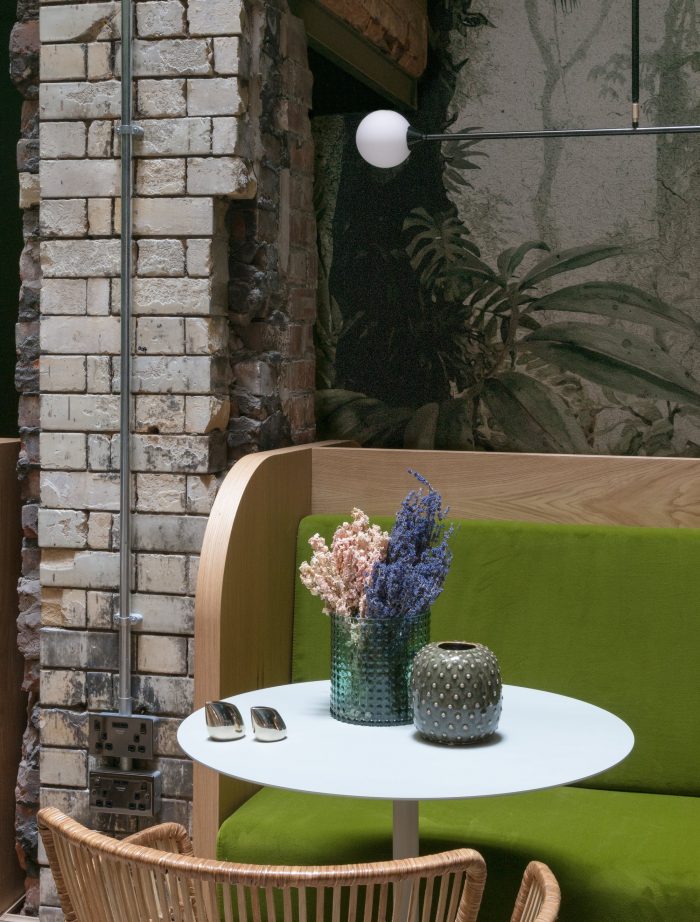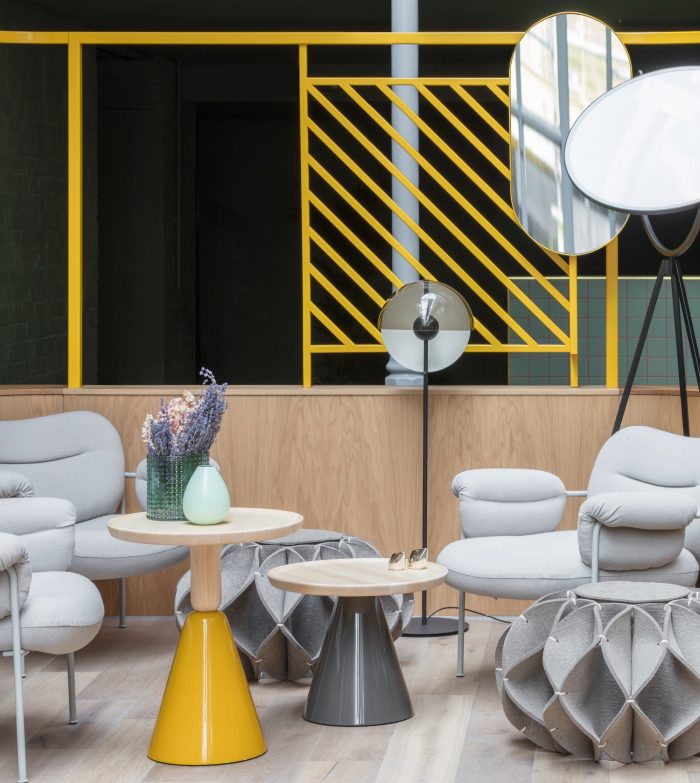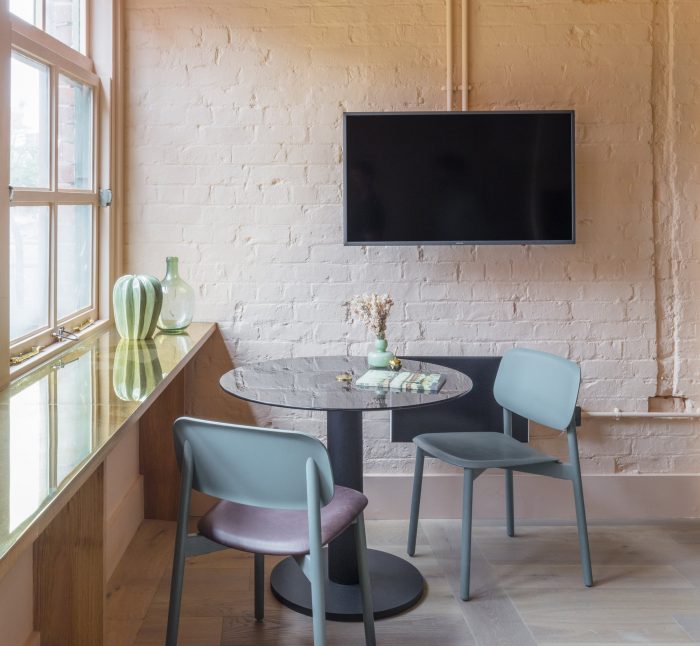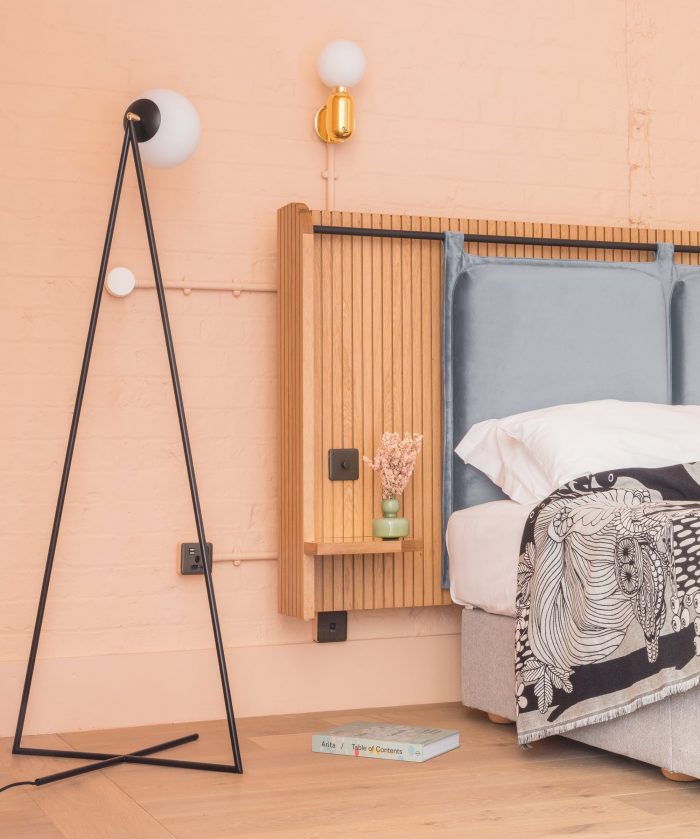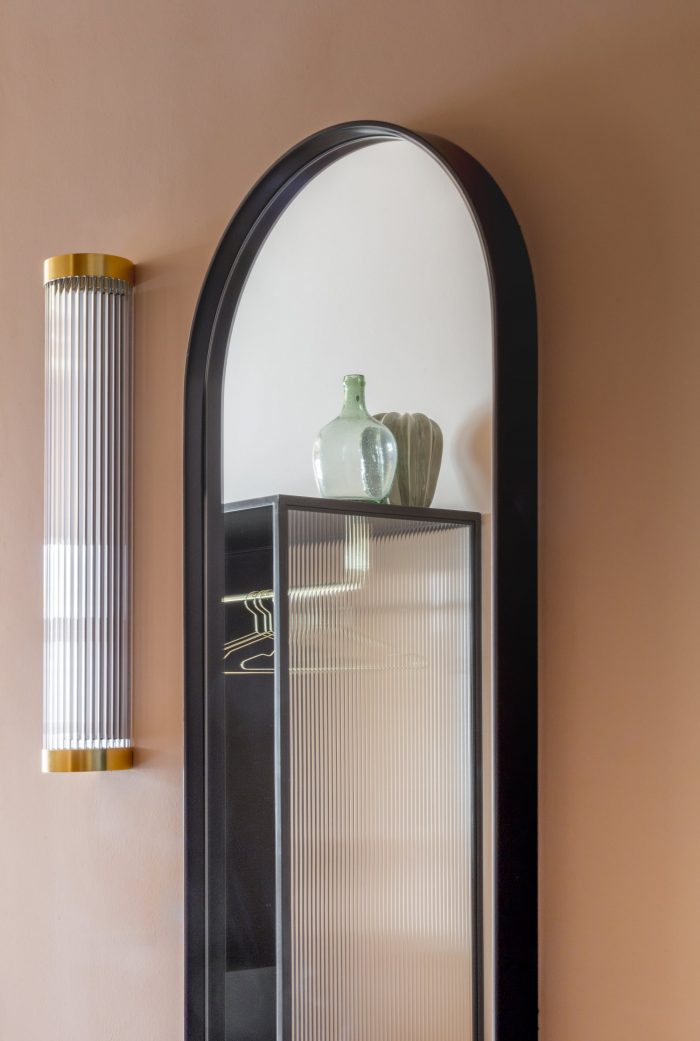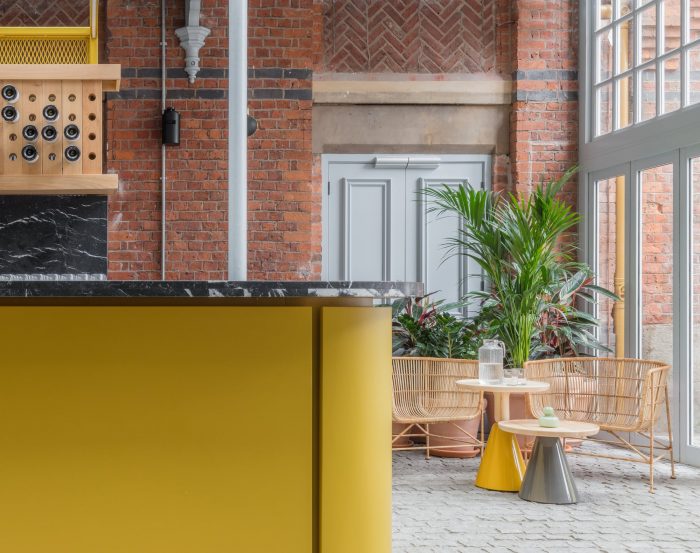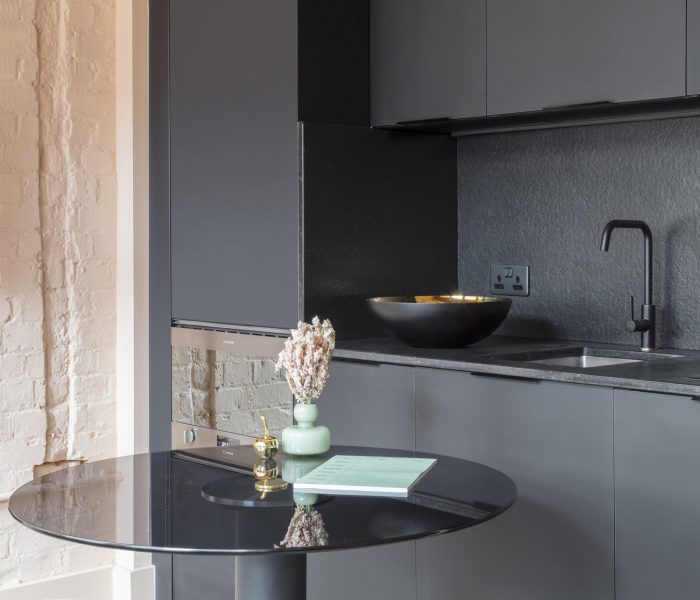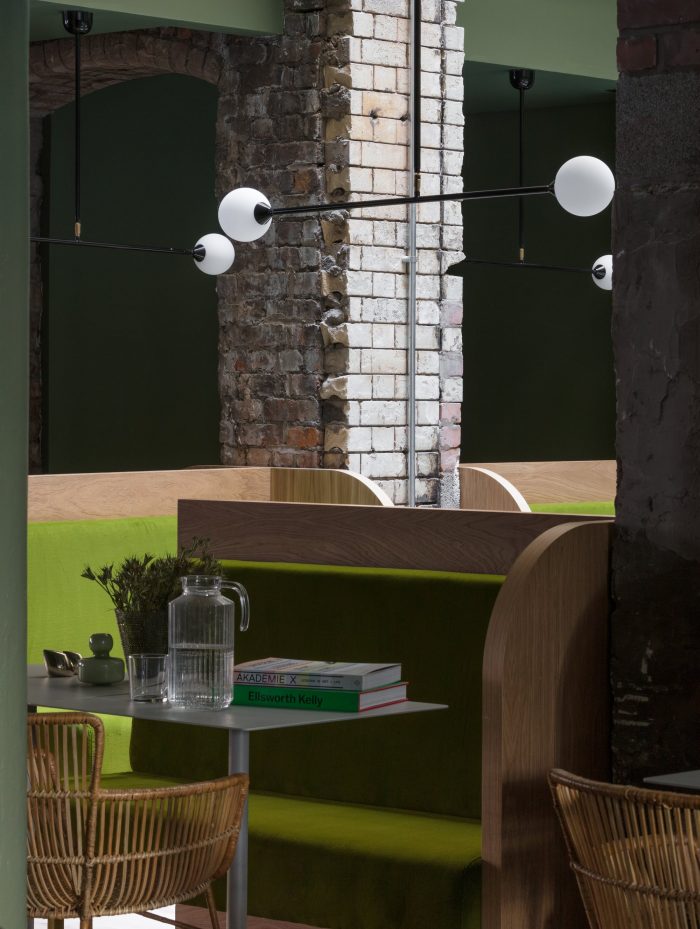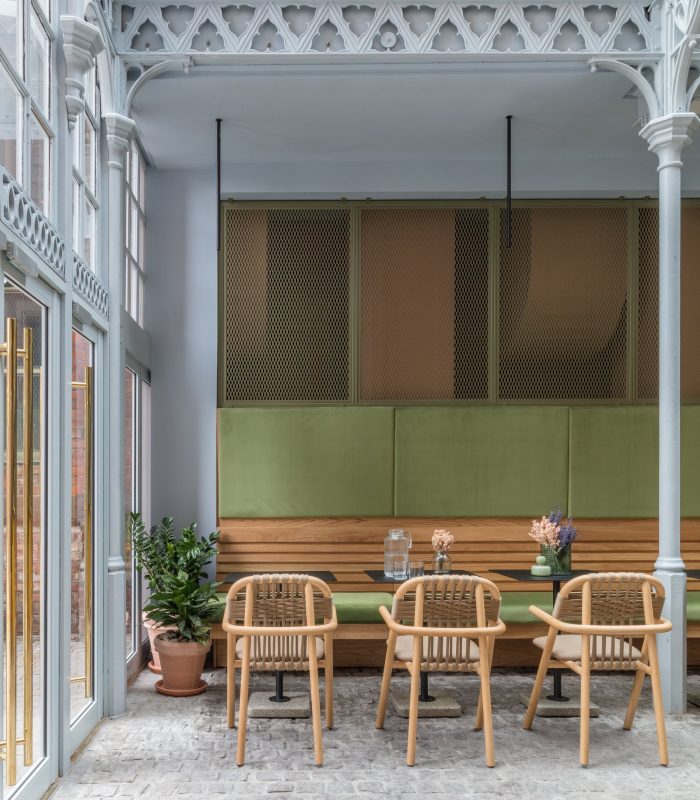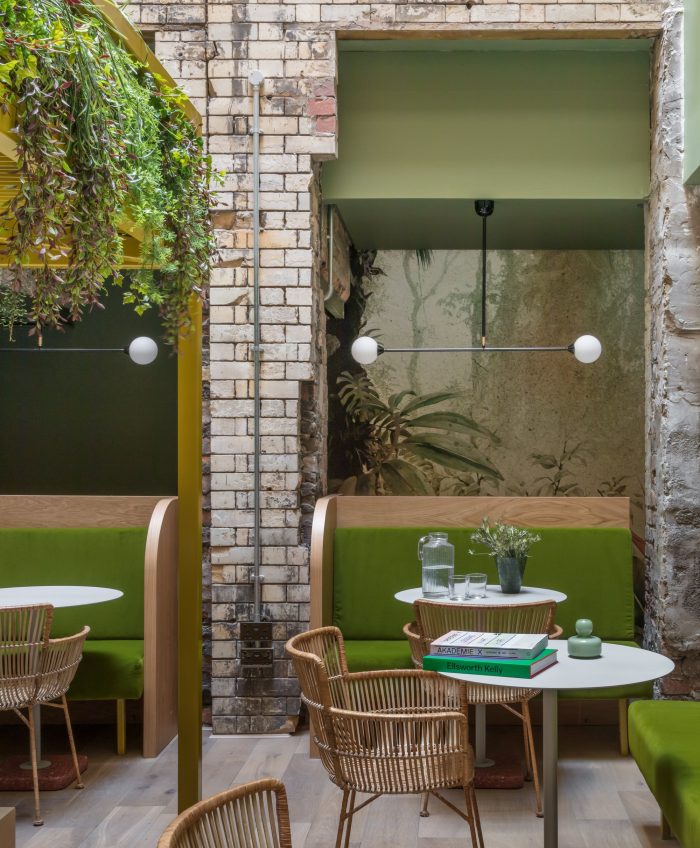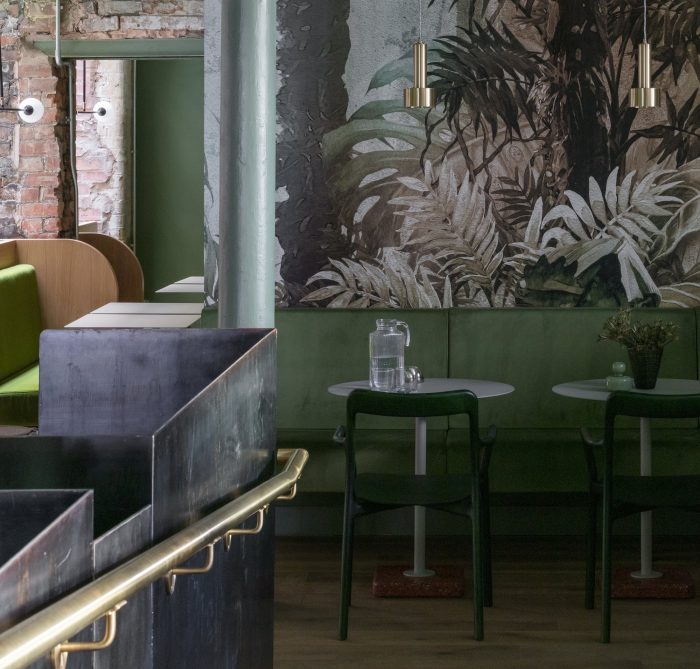惠特沃斯-洛克是一家拥有160间客房的酒店,在底层设有酒吧、咖啡馆、休息室和联合办公空间,是我们在英国曼彻斯特设计的。这个适应性再利用项目是对曼彻斯特市中心的一个岛屿上的三座相连的建筑进行加建、全面翻新和全面装修,其立面位于公主街、惠特沃斯街和罗谢尔运河上。
Whitworth Locke is a 160 room hotel with a bar, cafe, lounge and co-working space at the ground floor that we designed in Manchester, England. This adaptive reuse project was an addition, complete gut renovation and comprehensive fit out of a collection of three linked buildings on an island site in Central Manchester with elevations on Princess Street, Whitworth Street, and the Rochedale Canal.
该酒店由三座相连的建筑组成,都是遗产资产,分别建在不同的阶段。中央大厦、多米尼克大厦和约翰逊大厦。这项委托对我们来说有特殊的共鸣,因为这些美丽的前纺织品仓库和陈列室让人想起我们在家乡纽约为19世纪的砖石建筑设计的一些最早的工作–与这些曼城的建筑在功能和风格上是同时代的。我们所继承的比例、材料、质地和光线质量都有点像家的感觉,并要求得到升华。
The hotel is comprised of three linked blocks, Heritage assets all, that were built in separate phases: Central House, Dominion House and Johnson House. This commission had special resonance for us as the beautiful former textile warehouses and showroom were highly reminiscent of some of the earliest work we did designing interventions to 19th century masonry buildings — functional and stylistic contemporaries to these Mancunian structures — in our native New York City. The proportions, materials, textures and quality of light we inherited felt a bit like home and demanded to be exalted.
我们对该物业的改造主要是为了保护和庆祝19世纪历史建筑结构的丰富性,同时消除20世纪80年代对该建筑的不良改造,同时创造一种与我们希望在其中培养的新生命和目的相称的独特的新语言。我们特别关注进入建筑的门槛,以及我们的干预措施和维多利亚式建筑的美感之间的对话。
Our alteration of the property was principally driven by the intent to preserve and celebrate the richness of the historic 19th Century building fabric whilst obliterating a poor previous alteration to the building from the 1980’s, all while creating a distinct new language commensurate to the new life and purpose we hoped to foster within. We paid special attention to the thresholds into the building and the dialogue between our interventions and the beauty of the Victorian blocks.
在三个街区的中心,我们拆除了以前的改建,并简化了中庭的玻璃桶体,以最大限度地提高组件的透明度,并反过来重新建立中央大厦和多米尼克大厦的立面在以前称为加尔布雷斯街的小路上的残存可见性。我们用我们认为接近曼彻斯特天空的颜色来完成这个结构,并因此而退步,对历史上突出的外墙和我们所设计的一切都敬而远之。我们在地板上铺设了花岗石块–内部和外部都是连续的–吸引了路人和客人,新的生命和欢愉在街上清晰可辨。这些选择为我们最大限度地利用光线、质地和精心设计的室内空间奠定了基础,通过研究对比来颂扬遗产资产的美德。
At the center of the three blocks we removed previous alterations and simplified the glazed barrel volume of the atrium to maximize transparency of the assembly and in turn reestablish the vestigial visibility of the elevations of Central and Dominion Houses on to what was formerly a little road called Galbraith Street. We finished the structure in color we found tonally close to Manchester skies, and as such regressive, deferential to the both the prominence of the historic facades and all we designed within. We put in a floor — contiguous both inside and out — of granite block pavers that draws in passerby and guests alike, the new life and conviviality clearly legible to the street. These choices set the stage for our larger approach of maximizing light, texture and crafting an interior throughout that extolled the virtue of the heritage assets via studied contrast.
我们的目标是在新的内部空间和维多利亚时代的结构之间建立起紧张关系,使之成为一种对另一种的赞美。我们利用了一种调色板和语言,其灵感来自于对复古视觉传播的研究,这种传播在历史上将曼彻斯特与世界上遥远的(通常是更温暖和更明亮的)角落联系在一起的商业工业联系。我们喜欢默西塞德郡和赤道之间的联系,由于我们设计了项目中的大部分家具和所有细木工制品,我们将其作为材料和形式选择的灵感。
Our aim in fostering tension between our new interiors and the stolid bones of the Victorian fabric was for one to exalt the other. We seized upon a palette and language inspired by research into vintage visual communications promoting commercial industrial links that historically connected Manchester to far flung (and often warmer and brighter) corners of the globe. We loved the link between Merseyside and the equatorial, and as we designed most of the furniture and all of the joinery in the project, we took this as inspiration for both material and formal choices.
我们设计了照明,并精心制作了温暖的材料和色调的调色板,这些材料和色调既能包围住居住者,又能最大限度地发挥我们在整个房产中发现和创造的纹理和锈蚀的影响。我们认为我们对现有建筑的遗产和美感足够尊重,但该项目有一个毫不掩饰的新的和大胆的语言。这种明显的演变反映了曼彻斯特持续增长和变化的方式。我们希望我们对这个城市的补充能够催化我们在北方发现的激励我们的活力。
We designed the lighting and crafted the palette of warm materials and tones that at once envelop occupants and maximize the impact of the texture and rustication we both discovered and created throughout the property. We like to think we were just deferential enough to the heritage and beauty of the existing buildings, but there is an unabashedly new and bold language to the project. This conspicuous evolution reflects the way Manchester continues to grow and change. We hope our addition to this city can catalyze the dynamism we found up North that so inspired us.
Architects: Grzywinski+Pons
Area : 10 m²
Year : 2018
Photographs :Nicholas Worley
City:MANCHESTER
Country:UNITED KINGDOM

